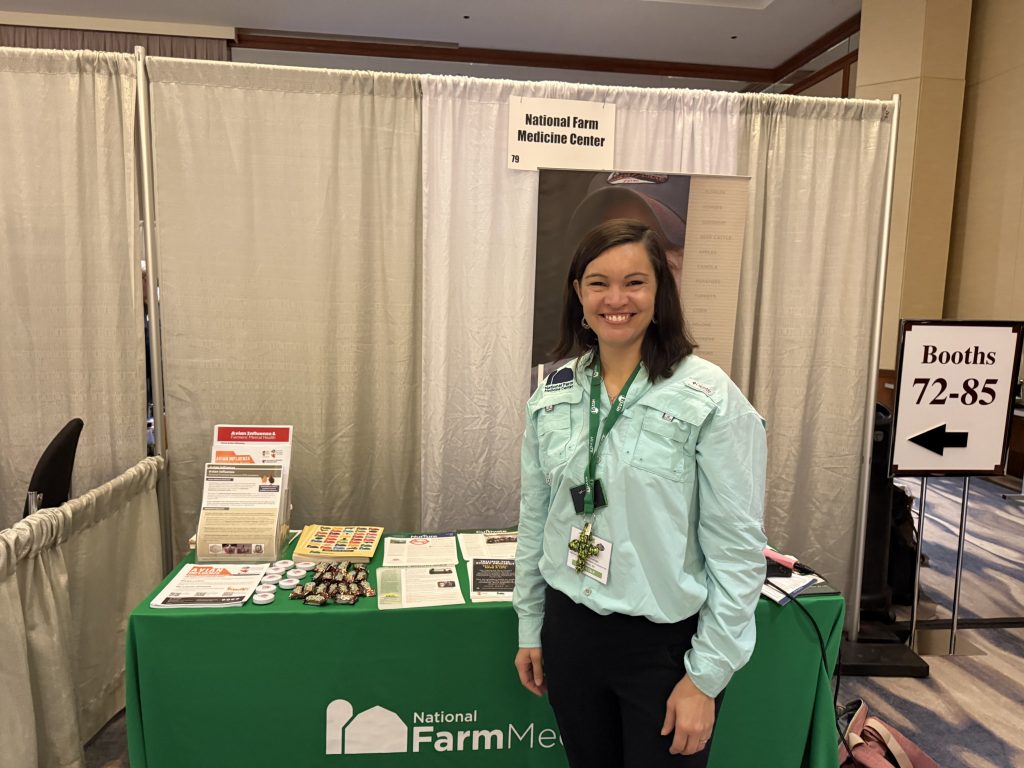
The National Farm Medicine Center began in 1981, when a nurse at the time, but currently Dr. Barbara Lee realized that something had to be done about the number of farmers needing care for an ailment she knew as Farmer’s Lung. The organization she started now researches farm injuries, fatalities, and farm illnesses, as well as ways to protect farmers from these challenges. Farm Director KC Sheperd visited with the organization’s outreach specialist Melissa Ploeckelman to learn about the organization.
Ploeckelman said that tractors are the number one cause of death in the farming community. “We talk a lot about putting ROPS on older tractors, and not letting children ride with you on the tractor,” she said. “Tractors are also the number one cause of youth deaths, too. We’ve recently been talking about whole body vibrations of youth in tractors.”
Otherwise, recent discussions have centered on H5N1, or Avian Influenza, and how to protect farm workers. “We know with poultry, humans are less likely to get the virus,” she detailed. “With dairy, from April to November, we have seen twenty-eight cases, which is a lot of cases very fast coming from dairy.”
She explained that the virus is not airborne, so masking will not help, but eye protection will. Eyes are the number one receptacle of Avian Influenza. “Getting raw milk, urine, or feces in your eye can infect you with the virus,” she said.
Additionally, she issued a warning to farm service representatives such as milk haulers, seed salesmen, and mechanics who travel from one farm to another to wear rubber boots and wash them with soap between farms to protect each farm from infecting the next.
“We as service personnel going between farms can protect our farmers by making sure that their animals are staying healthy as well,” Ploeckelman concluded.
More information can be found on the Upper Midwest Agricultural Safety and Health website.

















